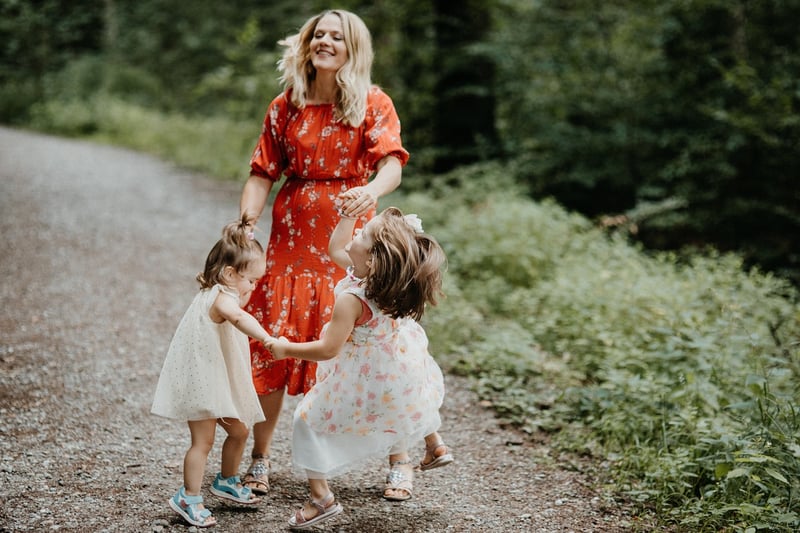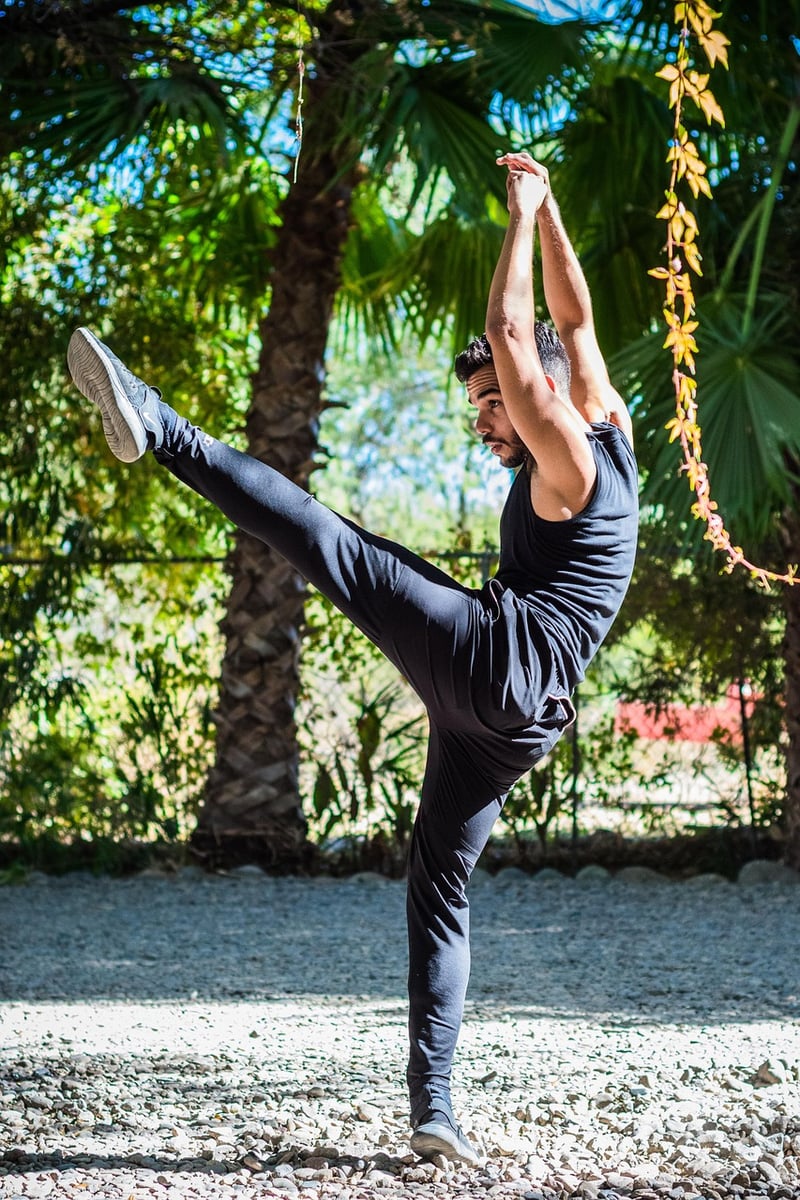Rhythmic Movement Therapy
Heal Through Dance with Rhythmic Movement Therapy

Dance has been a form of expression and healing for centuries, with its ability to uplift spirits, release emotions, and promote overall well-being. Rhythmic Movement Therapy (RMT) takes this concept a step further by combining the power of dance with therapeutic techniques to address physical, emotional, and cognitive needs.
What is Rhythmic Movement Therapy?
Rhythmic Movement Therapy is a holistic approach that uses rhythmic and repetitive movements to create a safe space for individuals to explore their emotions, improve their physical coordination, and enhance their overall sense of self. It draws on the natural connection between rhythm, movement, and emotional processing to facilitate healing and growth.
The Benefits of RMT
- Emotional Release: RMT provides a non-verbal outlet for expressing emotions and releasing pent-up feelings.
- Physical Well-being: The rhythmic movements in RMT can improve coordination, balance, and flexibility.
- Stress Reduction: Engaging in rhythmic activities can reduce stress levels and promote relaxation.
- Self-Exploration: RMT encourages self-exploration and self-awareness through movement and reflection.
How Does RMT Work?
Rhythmic Movement Therapy sessions typically involve guided movements set to music, allowing individuals to connect with their bodies and emotions in a supportive environment. Trained therapists lead participants through various exercises tailored to their specific needs and goals, promoting healing and growth.
Get Started with RMT
If you're interested in exploring the healing power of dance through Rhythmic Movement Therapy, consider finding a certified RMT practitioner in your area. Whether you're looking to address emotional challenges, improve physical well-being, or simply connect with your inner self, RMT can be a transformative journey towards holistic healing.

Embrace the transformative potential of Rhythmic Movement Therapy and embark on a journey of self-discovery, healing, and growth through the power of dance.
